Combustible Gas Detectors: Your First Line of Defense
In today's society, whether in cosy domestic settings, bustling industrial environments, or challenging outdoor work zones, combustible gas leaks pose an invisible threat akin to a ticking time bomb, constantly endangering lives and property. Combustible gas detectors serve as our first robust line of defence against this latent peril.
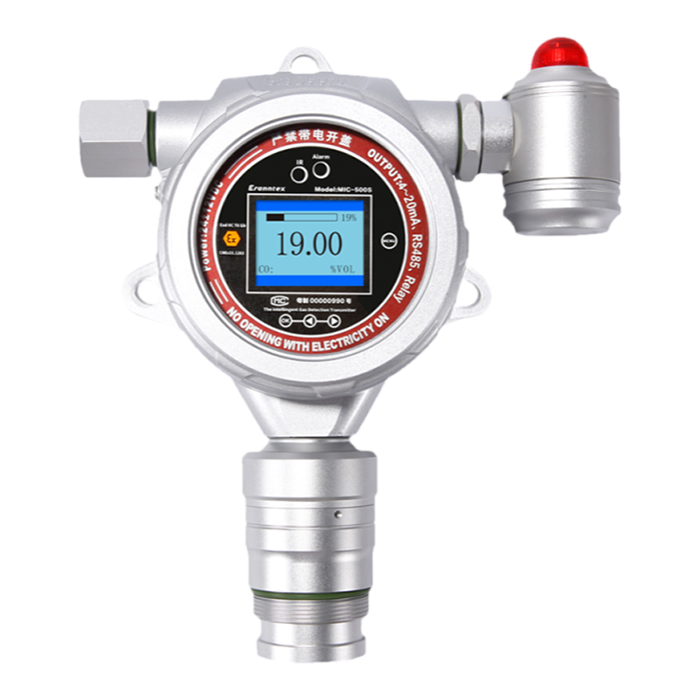
The Invisible Guardian in the Home
For most households, safety forms the bedrock of a contented life. The kitchen, as the primary area for gas usage, is a high-risk zone for combustible gas leaks. Imagine this scenario: whilst you are busily preparing dinner, a minor leak occurs in a gas pipe due to ageing or accidental impact. As gas is colourless and odourless, detecting it promptly proves extremely difficult. This is precisely where the combustible gas detector plays a crucial role.
Like an unwavering guardian, it monitors the concentration of combustible gases in the air around the clock. Should it detect gas levels exceeding safe thresholds, the detector immediately emits a piercing alarm. Some advanced models can also send real-time alerts via mobile applications, ensuring you are notified of the danger instantly—whether you are in any corner of your home or even away. You can swiftly take action—such as shutting off gas valves and opening windows for ventilation—to prevent further accumulation that could trigger explosions or fires. This safeguards your family from harm, preserving the warmth and tranquillity of your home.
The Safety Guardian in Industrial Settings
In industrial production, combustible gas detectors are indispensable safety equipment. Numerous sectors—including petrochemicals, natural gas extraction, and coating operations—involve the extensive use and storage of flammable and explosive gases. Should a combustible gas leak occur in these settings, the consequences would be catastrophic, potentially triggering large-scale explosions and fires that could result in severe casualties and substantial economic losses.
Take petrochemical enterprises as an example: their production processes generate and store various combustible gases, such as methane, ethane, and hydrogen. Detectors are installed at critical locations including storage tank areas, pipeline valves, and production workshops. They continuously monitor gas concentrations and transmit data to central control rooms. Upon detecting abnormal levels, the system automatically triggers alarms while initiating emergency protocols—such as isolating gas sources and activating fire suppression systems. These detectors serve as vigilant sentinels, maintaining round-the-clock vigilance to safeguard industrial safety and ensure uninterrupted operations.
Safety Assurance for Outdoor Operations
For certain outdoor tasks, such as field exploration, gas pipeline installation and maintenance, the working environment is complex and variable, presenting a relatively high risk of combustible gas leaks. In these scenarios, portable combustible gas detectors become indispensable tools for personnel.
Operators can carry detectors with them, continuously monitoring ambient gas concentrations during tasks. Should an alarm sound, personnel can immediately halt operations, evacuate to safe zones, and implement appropriate countermeasures. For instance, at gas pipeline construction sites, detectors alerting to leaks near pipelines enable swift leak localisation and repairs, preventing accidents and safeguarding personnel and teams.
Proper Selection and Maintenance
To ensure combustible gas detectors fulfil their safety role effectively, correct selection and regular maintenance are paramount. When choosing a detector, select the appropriate type and sensitivity based on the characteristics and requirements of the usage location. For instance, domestic use may opt for detectors that are simple to operate and reasonably priced; industrial settings require products with high precision, reliability, and explosion-proof capabilities.
Concurrently, detectors must undergo regular calibration and testing to guarantee measurement accuracy and alarm functionality. Professional calibration is generally recommended every six months to one year. Additionally, installation locations should be carefully considered, avoiding poorly ventilated, damp areas or sites with strong electromagnetic interference to prevent operational disruption.
Flammable gas detectors serve as indispensable safety companions in our daily lives, silently safeguarding our homes, workplaces, and outdoor activities. Let us recognise their importance, employ them correctly, and maintain them diligently to fortify this vital first line of defence.
Related information
-

Combustible Gas Detectors: Your First Line of Defense
In today\'s society, whether in cosy domestic settings, bustling industrial environments, or challenging outdoor work zones, combu...
2025-10-31 -

How to Test Your Oxygen Detectors Effectively?
In today\'s society, where safety and health are paramount, oxygen detectors serve as vital equipment safeguarding us from the d...
2025-10-29 -

Oxygen Detectors: Your Key to a Safer Environment
In the global pursuit of safety and healthy living, oxygen detectors are increasingly becoming indispensable equipment for safeg...
2025-10-27 -
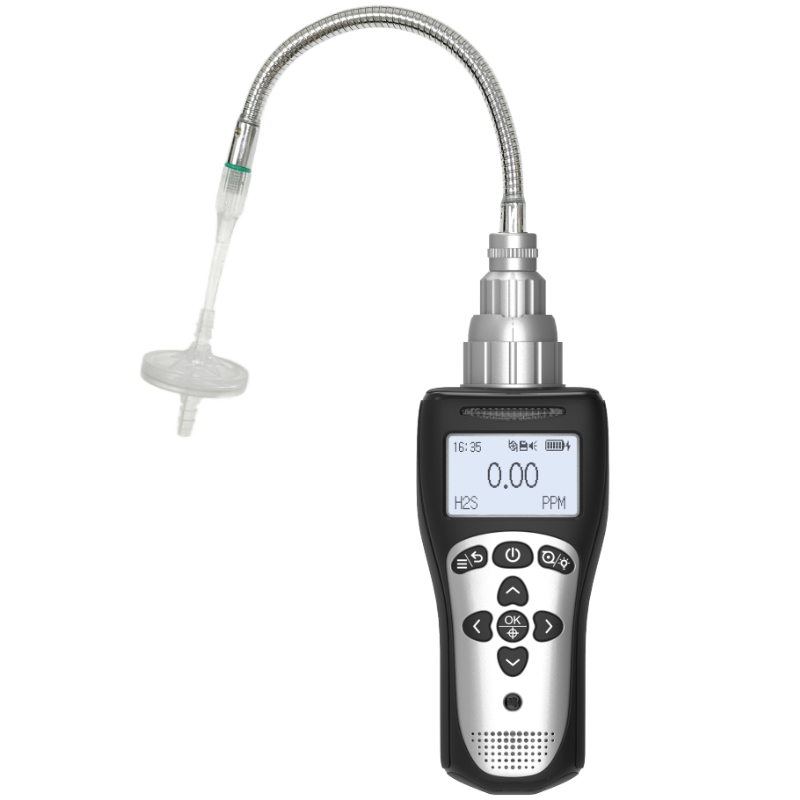
6 Types of Oxygen Detectors You Should Know About
In countless industrial, commercial, and research settings, oxygen serves as both the source of life and a potential hazard. Insuf...
2025-10-24 -

How Often Should You Replace Your Oxygen Detectors?
In today\'s society, oxygen detectors play a vital role across industrial production, underground operations, and specific domesti...
2025-10-22

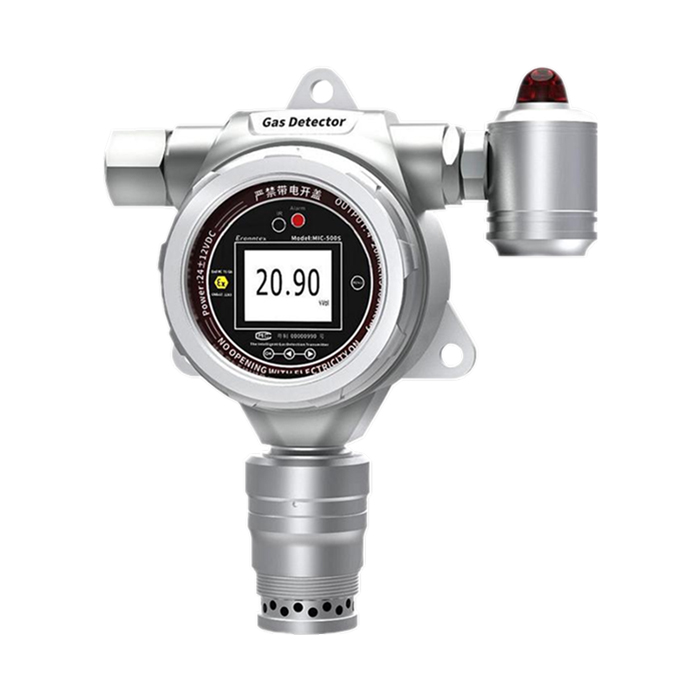
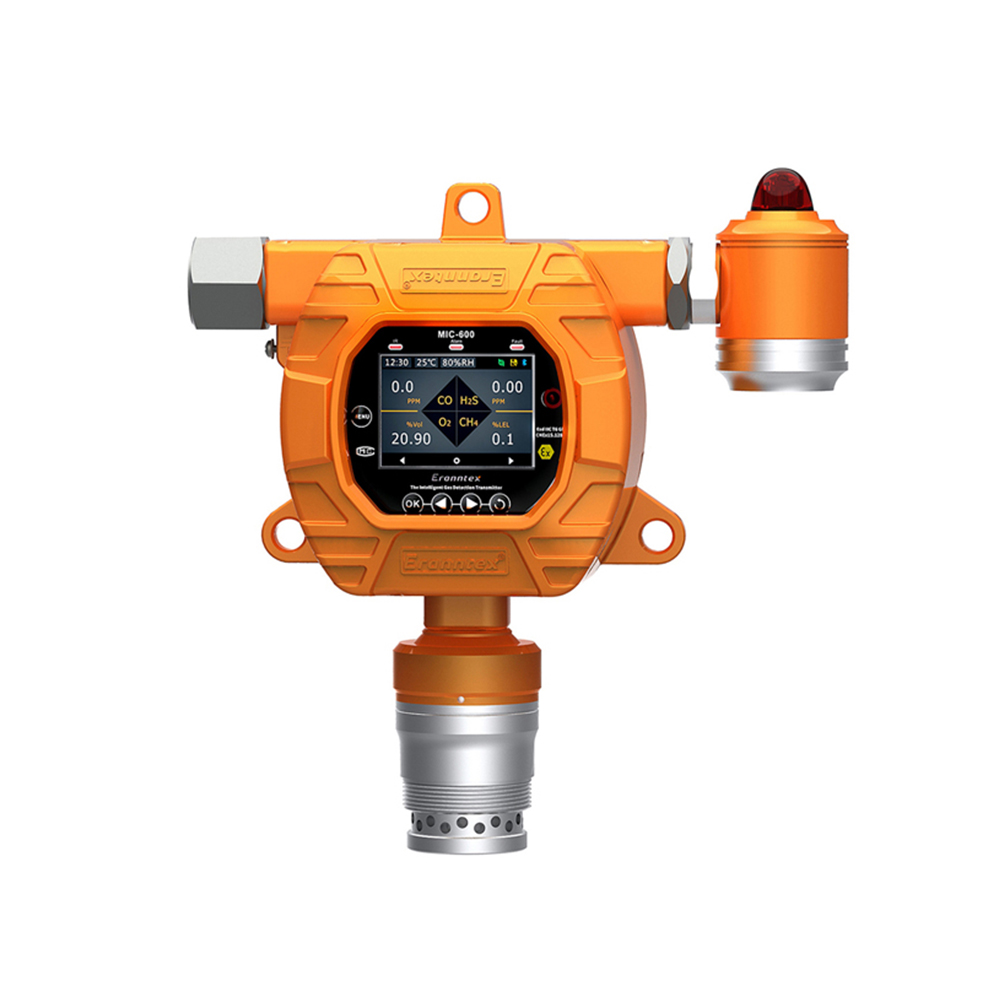
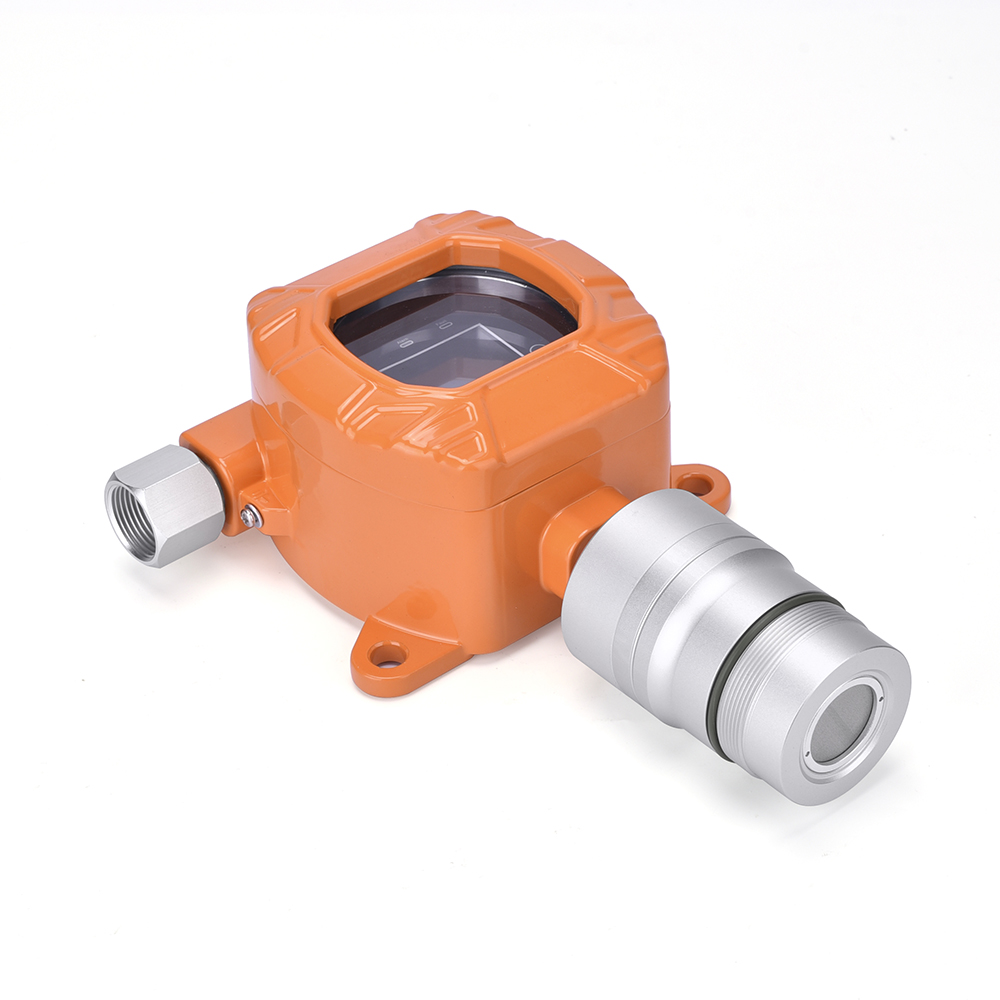
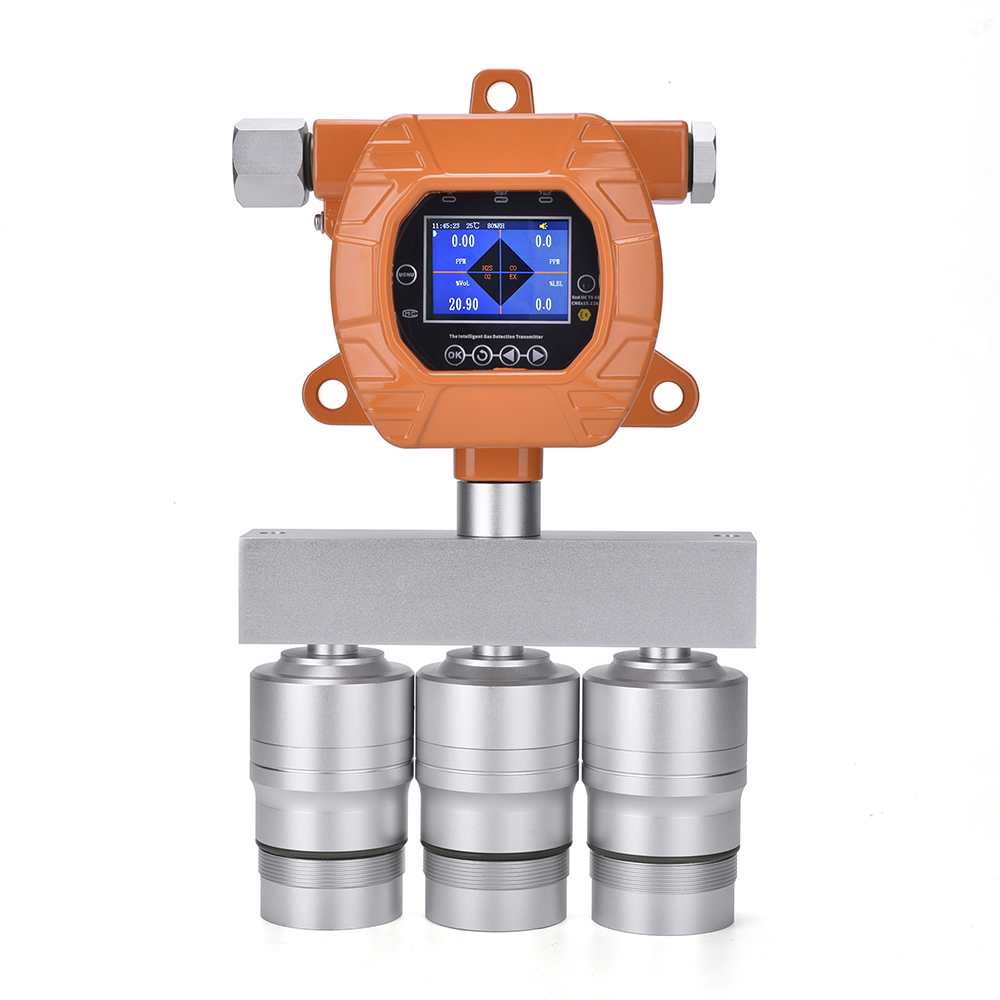

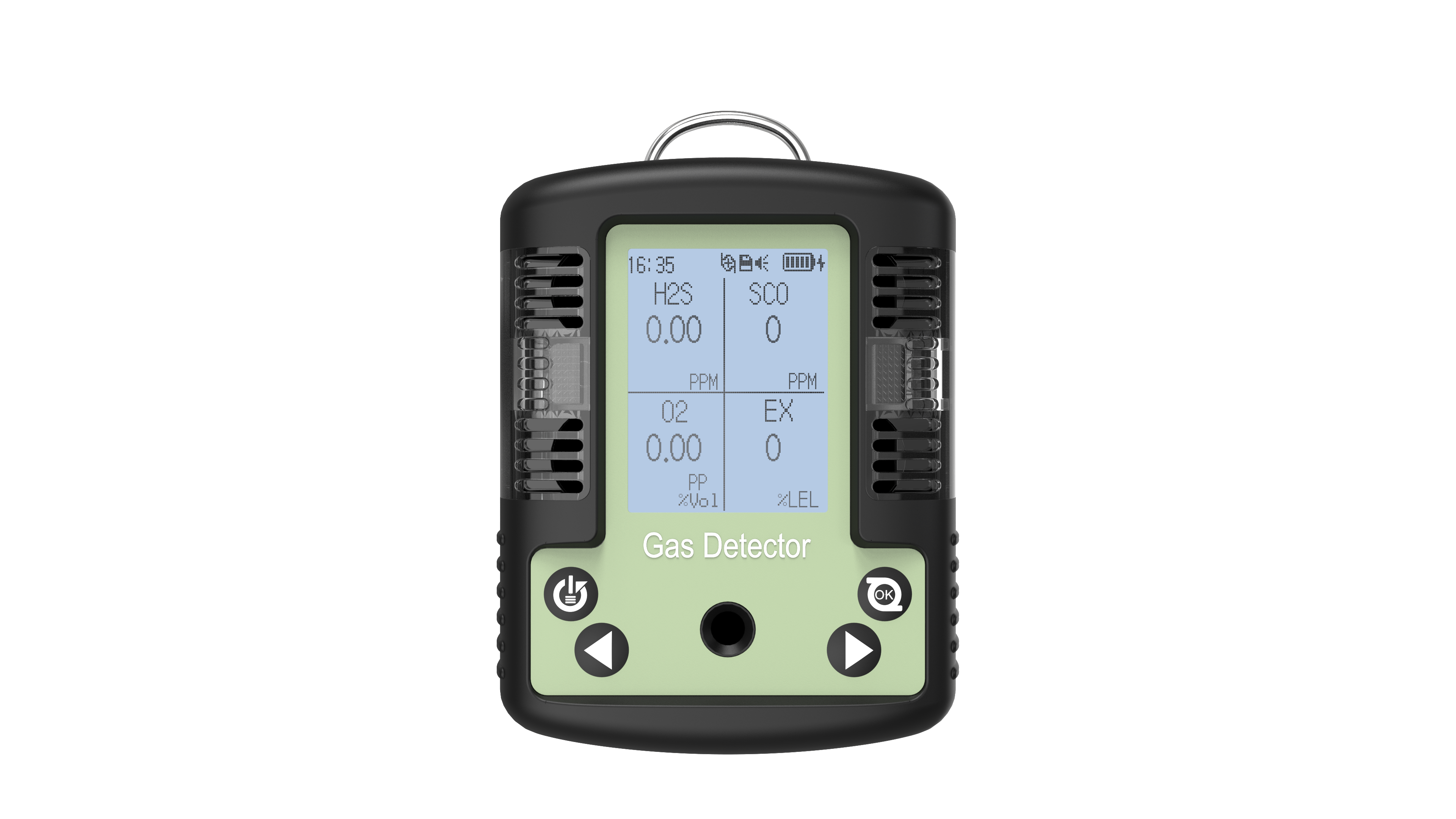

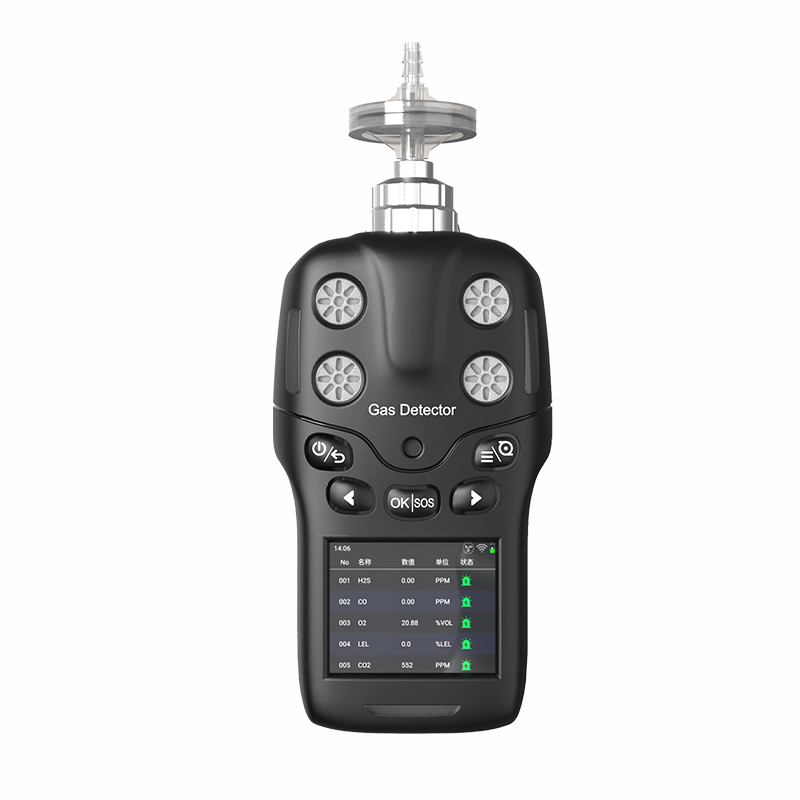

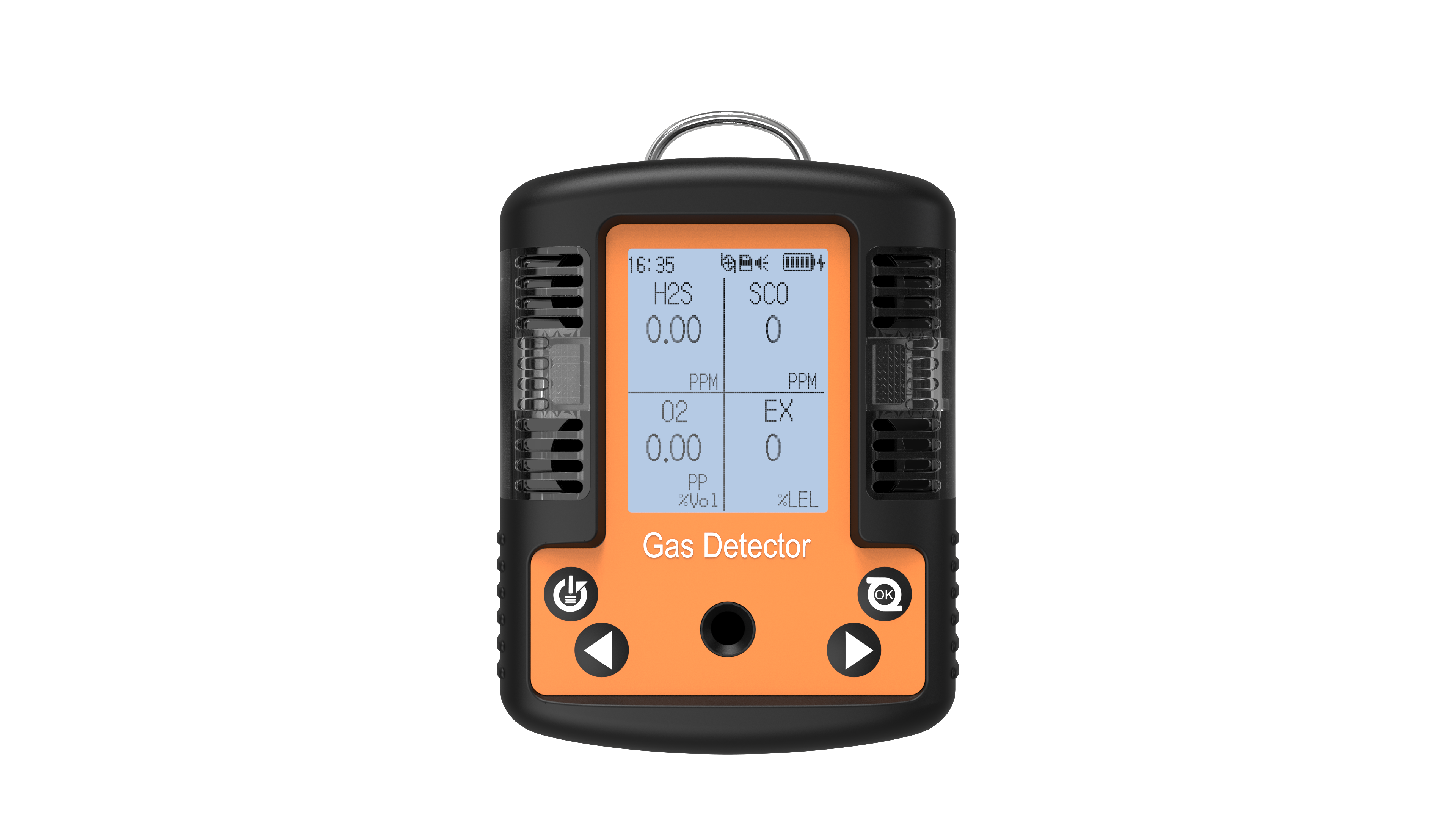
 info@eranntexgas.com
info@eranntexgas.com


 13480931872
13480931872